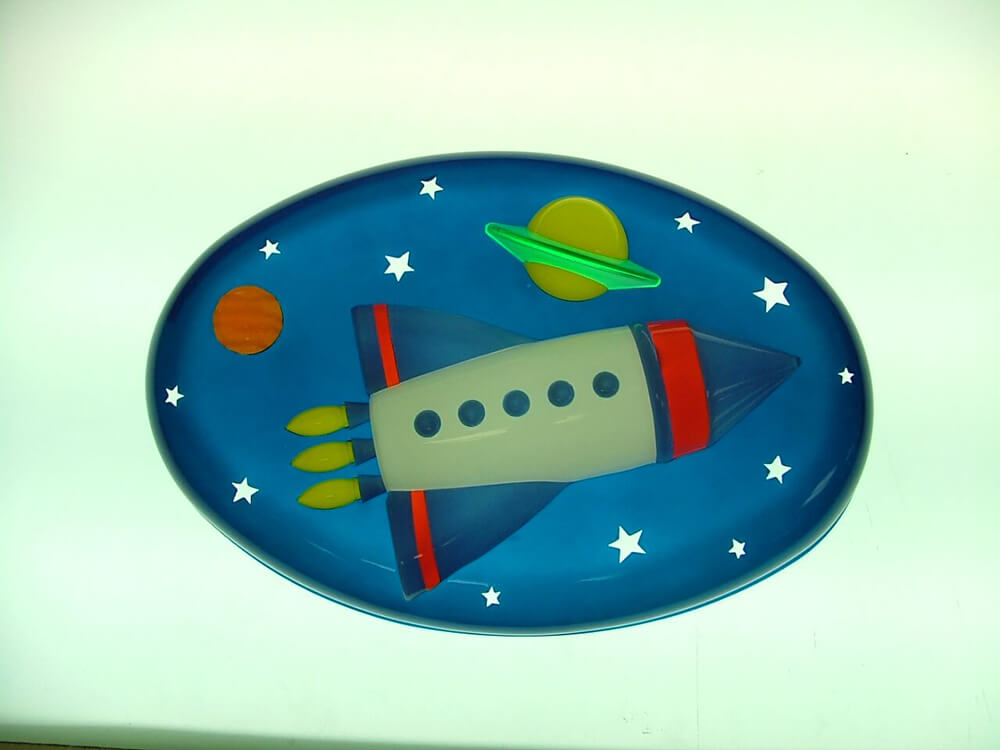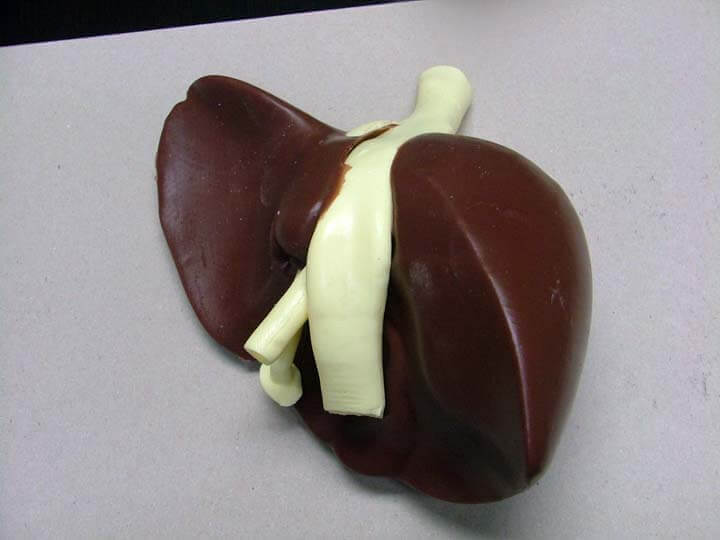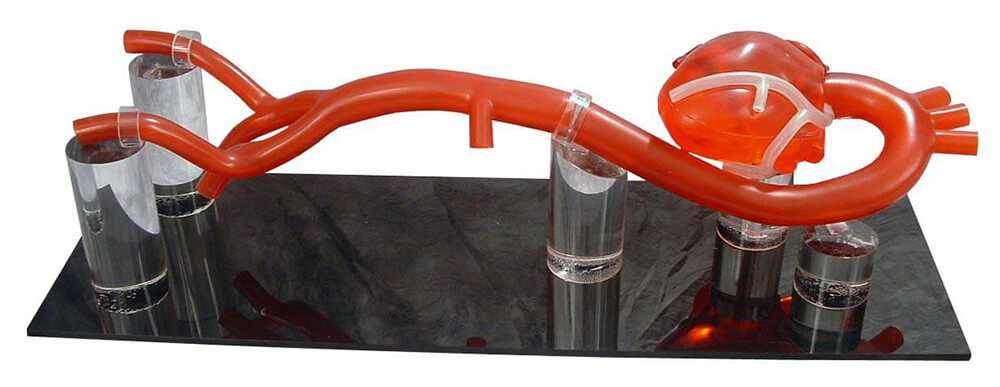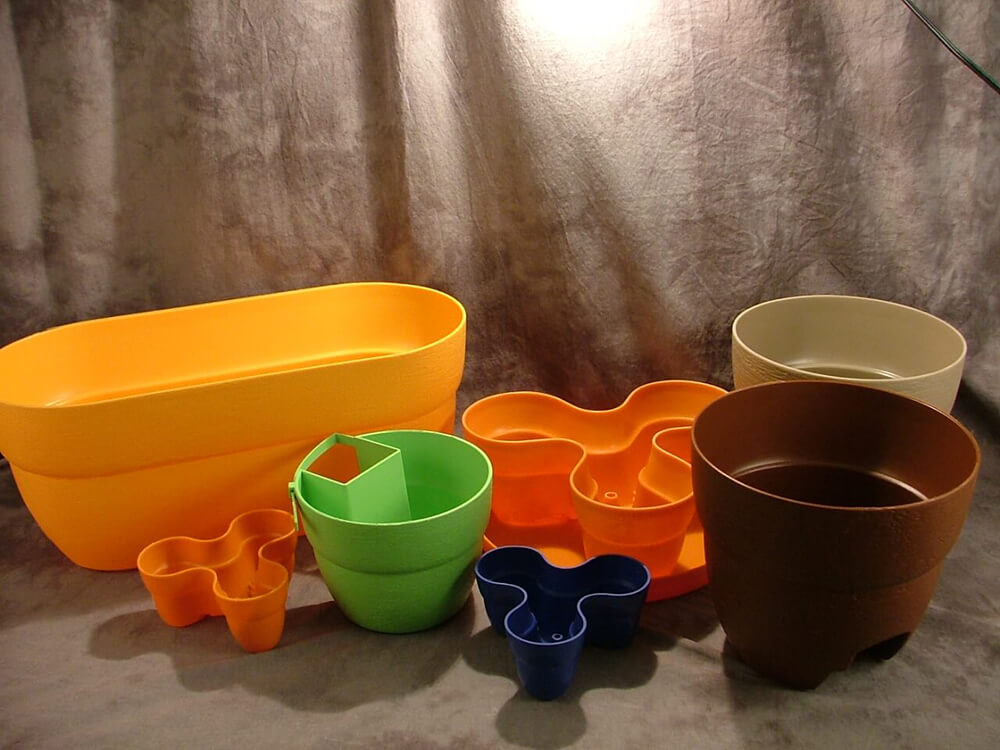What Can Urethane Casting Do?
The urethane casting process is ideal for quickly producing high-quality plastic/rubber parts without the cost of hard tooling. Urethane casting is a great alternative to injection molding when annual volumes are too low to justify the mold cost. By utilizing the silicone molds, we are able to achieve large, complex parts in one solid piece.
Urethane casting is ideal for visual models, product testing, color and texture studies and even low-volume production. Urethane parts can be of nearly any size and shape and can also be color-matched.
Urethane parts can be nearly any shape or size, with materials ranging from flexible 5A – 90A Shore, semi-rigid 40D – 80D, and rigid fire rated and non-fire rated.
- ABS-like – Ideal for pre-production parts and marketing samples
- Clear – Clear urethane casting is ideal for creating transparent plastic components
- High-Strength – Ideal for low volume production parts
- High-Temperature – Ideal for low volume production parts in high heat applications
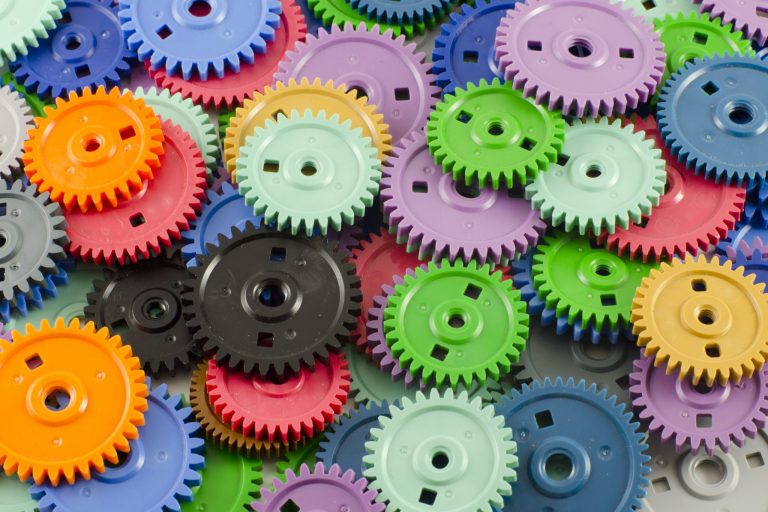
RTV Molding Services
RTV molds are created using a master pattern. The master pattern can either be created using CNC machining or a 3D printer, such as an SLA machine. Silicone rubber is poured around the master pattern, creating a cavity and a core. The master is removed once the silicone rubber sets and leaves a void into which several materials may be cast.
RTV molding is an inexpensive way to bridge the gap between prototype and production. It is most effective when you need a short run of parts to simulate production parts. More common materials used for RTV molding are polyurethanes, wax and silicone. Polyurethane can simulate a wide range of materials from soft rubber to hard plastic.
Try our variety of Urethane and RTV casting services that are adaptable to the specific project you bring to the table.
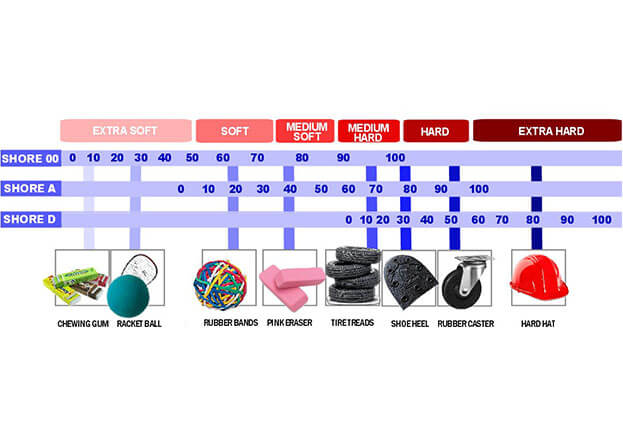
The Casting Process
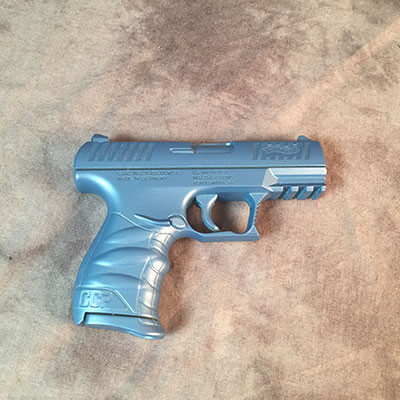
Master
The master pattern is created via 3D printing from the 3D part file. The 3D printed master then is finished, textured, and dimensionally verified to ensure customer satisfaction.
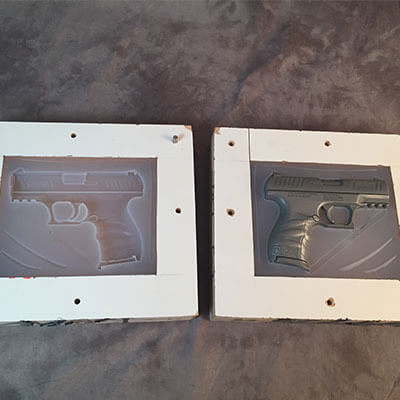
Mold
Once the master pattern is complete we then use it to create the silicone mold. The molds are generally good for up to 25 parts before needing to be replaced.
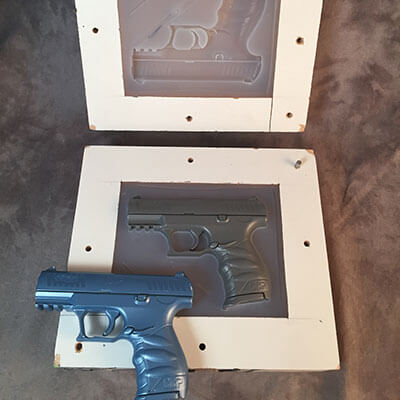
Parts
Urethane or silicone is then cast (injected) into the mold to create the cast parts. These parts are similar to injection molded parts, many customers use cast urethane parts as production pieces.
FAQs
Generally, a silicone mold will max out at 25 parts, softer durometer parts such as those on the “shore A” scale will allow for some extra parts; optically clear parts will generally only allow for a maximum of 20 parts from a single silicone mold.
We’ve cast parts in excess of 8 feet long, 4 feet wide, and over 500 cubic inches in volume.
Yes, many times a customer only requires annual volumes of 100 parts or less. When quantities are that low cast urethane or silicone parts is a great way to fill the order, and will save substantial money when compared to traditional injection molding.
Yes, however there are some things to keep in mind. Most of the casting materials have a shrink rate, and when we build the master patterns here at Schmit we compensate for the shrink rate for the material that will be used to create the cast parts.

